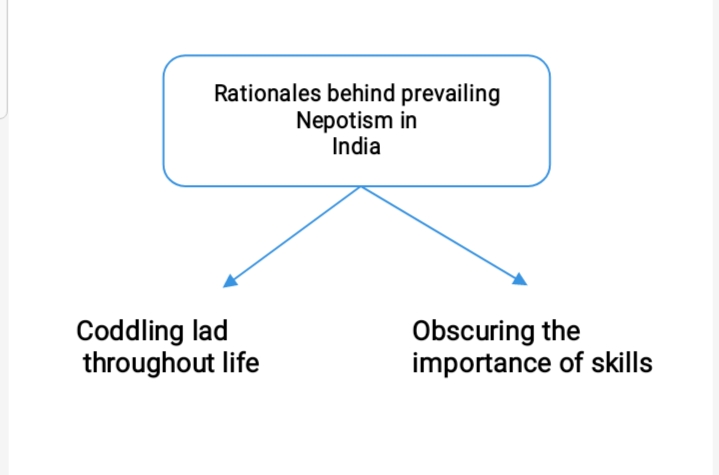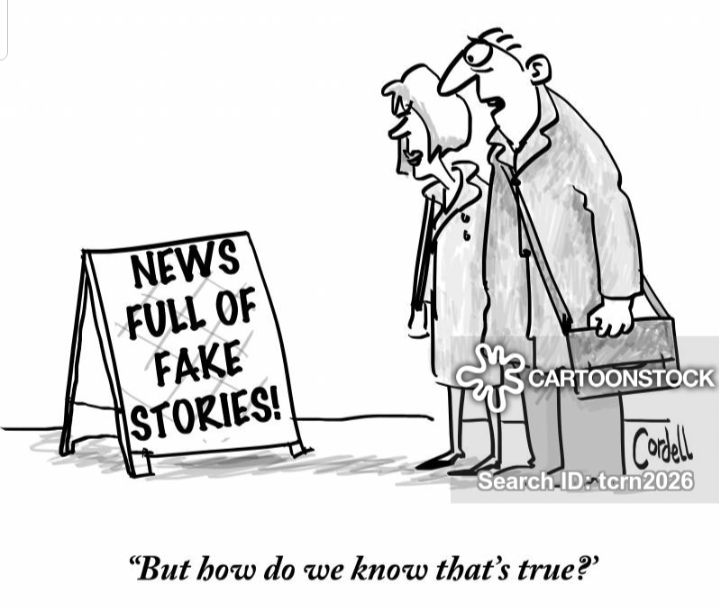The article highlights how you could evolve as an online educator.
The present scenario originated by the coronavirus pandemic has seen a booming rise in digital platforms predominantly ZOOM, GoogleMeet for various tribes. Irrespective of their professional background, the pandemic has cultivated and launched a nascent stage for individuals to resume and process their work. Transmuting themselves to online platforms was not a cakewalk for anyone especially for educators in India where the majority of the audience find online teaching unrelieved, monotonous, inoperable, and less engaging. Therefore, it becomes challenging and testing for teachers to conduct online lessons when the motive is to curb drop out ratio at schools and colleges and simultaneously deliver lesson objectives adequately and productively.
Through this article, some techniques and courses of actions are highlighted which will assuredly be profitable for distinct instructors.
- Understand and diagnose the mood of your audience:
The online platform is like farmland where the proper areas are to be identified for learning speeds to sprout. These proper areas are identified in the mood of your audience /students. Are the learners ready enough for the current learning? To understand the discernment level of students, at the commencement of online classes following strategies could prove advantageous:
- Usage of Chat Box:
Use the chat box to know the mood of your students utilizing emoticons. These emoticons would help instructors in analyzing students’ readiness for the lesson.
- Interpretation of emotions by reading their faces:
Unquestionably, students who just woke up before the class will be less lively and zestful for the class comparatively. Thus, it becomes very significant from an instructor’s end to differentiate such a clan of students by making them turn on their videos. Subsequently, creating two breakout rooms ; one set for more energetic students and another one for dormant students will be useful. Having contrasting audience based activities or energizers in both rooms will make them prepared for the class.
- Setting the target for the class:
Instructors before delivering the lesson must set a target or goal to achieve by the class as a team. It is synchronized with the situation where the instructor, like a football coach, splits the class into two or three teams and instigates them to contest for the best team trophy. For instance, if the class is interested in football leagues, it could be divided into the names of Real Madrid, Juventus, etc, and make them fight for the trophy Spanish league or English Premier League. If the majority of the students are interested in the IPL tournament, the class could be dissected under the names of Chennai Superkings or Mumbai Indians, etc, and make them contest for the IPL Trophy in the class. By setting up the target, the instructor will proficiently achieve the objective of the lesson for the majority of the students. Instructors could include some performance parameters to decide the best team at the end of the week. This will impart team spirit, leadership, and goal achievement skills.
- Mastering up the standardized online platform for learners:
Unlike physical classrooms, online platforms have diverse and profuse features to engage students. Comprehending and becoming adroit of these available features will aid educators in achieving the self target for the class. Online coaches must get proficient in the available learning resources and tools such as raising hands, screen sharing, and when to employ a chat box during the class to ensure the smooth running of online classes.
- Customizing lessons as per the audience:
Scenario 1: Keep the video stagnant at one scene and let the audio play in the cinema hall. Will the audience be interested enough to watch the movie? Certainly, No.
Scenario 2: Allow the video to be played at some gaps and let the audio play unceasingly. Will the audience still be interested enough to watch the whole movie? Perhaps, No.
Similarly, in one hour class if students don’t have anything engrossing and fascinating to look at, most probably students will not turn up for the next sessions. Therefore, personalizing the presentation considering the aptitude level and age group of the students will play a cardinal role in achieving the objective of the lesson.
Working and relentless practicing on abundant online boards such as miro, Interactive liveboard, etc. will assist educators to introduce variations and fabricate learner-oriented lessons. These whiteboards allow online tutors to avail of the use of gif files, images, and various multimedia through which both instructors and learners will overcome the hurdles of the online class.
It is advisable for the online tutors to always include a surprising factor in their lessons which they believe their audience most probably don’t know of. This will assuredly leave an everlasting impact on the audience of the lesson conducted.
- Providing effective feedback for students’ advancement:
The optimal efficient instrument for ceaseless students’ assessments and tracking their progress is having a constructive and functional feedback sheet. The feedback plan will enable students to understand their areas of strengths and areas where they need to focus more on upcoming classes. This will help them in setting up targets for their personal growth too. Utilizing Google Docs, Google Sheets, etc for tracking students’ progress will help instructors to set up target focussed sessions.
In defiance of various challenges, these online platforms offer the following advantages:
- Comfortable learning area: Online classes provide flexibility to students to attend classes from their comfort areas in their attires.
- Becoming technical sound: Online classes will inculcate technical skills in students and they will be developing computer skills as they learn to navigate different learning management systems and programs.
- Discard the reason for commuting and bad weather: During bad weather conditions, schools or colleges may cancel their classes. But online classes provide opportunities for students to log in to their classes from anywhere despite having bad weather conditions.
Digital platforms, though a strenuous and arduous platform for Indian educators, especially as they are trained for conventional teaching style it offers teachers to boost their career in the online teaching field. It inaugurates a new learning era and concurrently it widens up the horizon of upgrading skillsets for educators and learners both. Despite being a novice and tough platform of engaging learners, it has many add ons which accords instructors to polish their teaching style. The online platform is altogether an amalgamation of effective presentation style, online learning attributes, and techniques of audience engagement.



